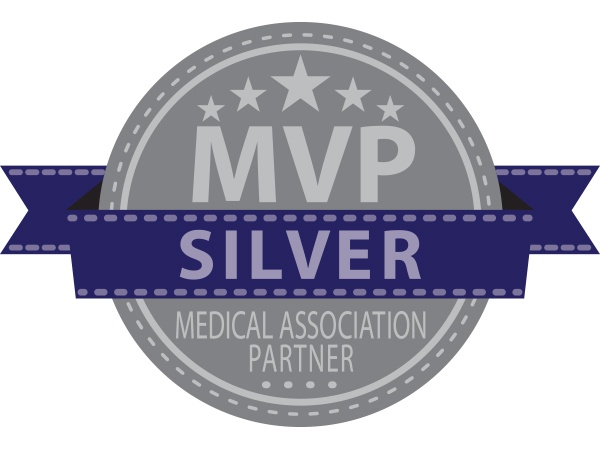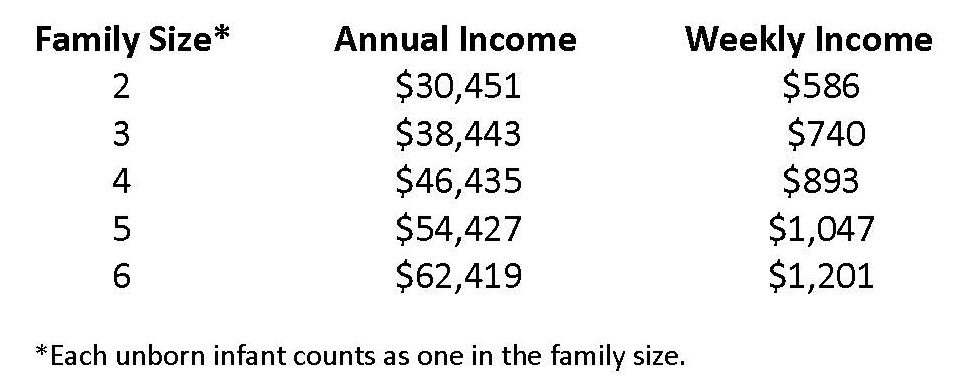Reducing Opioid Prescriptions for One Operation Can Have a Spillover Effect to Other Procedures
Study results show revised recommendations resulted in about 17 fewer pills being dispensed per patient for four major operations.
CHICAGO – To curb the use of opioids after major elective operations and prevent these pain relievers from falling into the wrong hands, surgeons at the University of Michigan developed prescribing recommendations based on published medical evidence for one operation, gallbladder removal, and then discovered a spillover effect that led them to prescribe roughly 10,000 fewer pills for other major operations, according to study results appearing as an “article in press” on the website of the Journal of the American College of Surgeons ahead of print.
“We changed how many opioids we dispense or prescribe to patients after laparoscopic cholecystectomy, which is performed for gallbladder removal,” said lead study author Michael Englesbe, MD, FACS, a transplant surgeon in the department of surgery, University of Michigan Health System, Ann Arbor. “As an unintended spillover consequence, the change had a significant impact on how we prescribe for other procedures.”
The study noted that surgeons have been known to overprescribe opioids after operations, resulting in leftover pills that can sometimes be diverted for illegal use. Dr. Englesbe and coauthors set out to determine if prescribing guidelines for one specific operation would have an impact on reducing opioids prescribed for other surgical procedures.
In a previous study, * Dr. Englesbe and coauthors described their recommendations for opioids after minimally invasive gallbladder removal: 15 tablets of hydrocodone/ acetaminophen 5/325 mg or 10 tablets of oxycodone 5 mg; along with encouraging the use of non-opioid pain medications such as acetaminophen or ibuprofen. They found that after implementing the recommendation, opioid prescriptions also declined significantly for four other types of major operations—thyroidectomy or parathyroidectomy (removal of all or part of the thyroid gland), and laparoscopic, or minimally invasive, appendectomy (surgical removal of the appendix), inguinal hernia repair, and sleeve gastrectomy (a weight-loss operation in which a portion of the stomach is removed).
The study involved reviews of 1,158 patient charts, 558 who had operations before the opioid recommendations were implemented and 600 over 10 months afterward to compare surgeons’ prescribing behavior. For sleeve gastrectomy, the most extensive operation, the average prescription after surgery went from around 89 pills before the recommendations to around 58 afterward, about a 35 percent reduction. The reductions for the other operations were more significant: about 43 percent for hernia repair (37 pills before to 21 after); and 50 percent or more for appendectomy (35 to 17 pills) and thyroidectomy/parathyroidectomy (16 to 8 pills). The prescriptions were measured in oral morphine equivalents, with 100 OMEs equal to about 20 pills of hydrocodone/acetaminophen 5/325 mg.
Dr. Englesbe explained why the researchers chose these four operations: “These procedures are not usually performed to treat pain, so there is an expectation that patients will have the procedure and essentially recover relatively quickly; and they are relatively straightforward elective operations that are commonly done across Michigan and throughout the United States.”
Despite the reduction in prescribing, patients requested refills after only minimally invasive appendectomy. Prescriptions for non-opioid analgesics also increased significantly for two procedures. For the four procedures across the entire study population, the revised recommendations resulted in roughly 10,000 fewer pills entering the community. On average, that equals about 17 fewer pills per patient.
“These findings are relevant to any surgeon,” Dr. Englesbe said. “Every surgeon, no matter what specialty or procedure they do, dentists included, needs to be thoughtful about how they prescribe opioids and be realistic that overprescribing can really have some devastating complications.”
Since the original recommendations for opioids after gallbladder removal, the Michigan Surgical Quality Collaborative and Opioid Prescribing Engagement Network have developed recommendations for 17 other procedures, including three types of hysterectomy, breast biopsy, and mastectomy. The recommendations are reviewed quarterly and updated as needed, Dr. Englesbe said, and will soon include some dental procedures. The recommendations are available at https://opioidprescribing.info.
“Some patients do not do well with opioids, and we as providers need to be very thoughtful while we give the best pain care possible but at the same time also make sure it’s the safest pain care,” Dr. Englesbe said.
Dr. Englesbe’s coauthors are Ryan Howard, MD, and Jay Lee, MD, of the department of surgery, Michigan Medicine, Ann Arbor; Mitchell Alameddine, BS, and Michael Klueh, BS, of the University of Michigan Medical School, Ann Arbor; Chad Brummett, MD, of the department of anesthesia, University of Michigan Health System; and Jennifer Waljee, MD, MS, MPH, FACS, of the section of plastic surgery, department of surgery, University of Michigan Health System.
“FACS” designates that a surgeon is a Fellow of the American College of Surgeons.
Citation: Spillover Effect of Evidence-Based Opioid Prescribing after Surgery. Journal of the American College of Surgeons. Available at: https://www.journalacs.org/article/S1072-7515(18)30436-8/fulltext.
________________________
* Howard R, Waljee J, Brummett C, Englesbe M, Lee J. Reduction in opioid prescribing through evidence-based prescribing guidelines. JAMA Surg. 2018;153:285-287.
Posted in: Opioid
Leave a Comment (0) →













